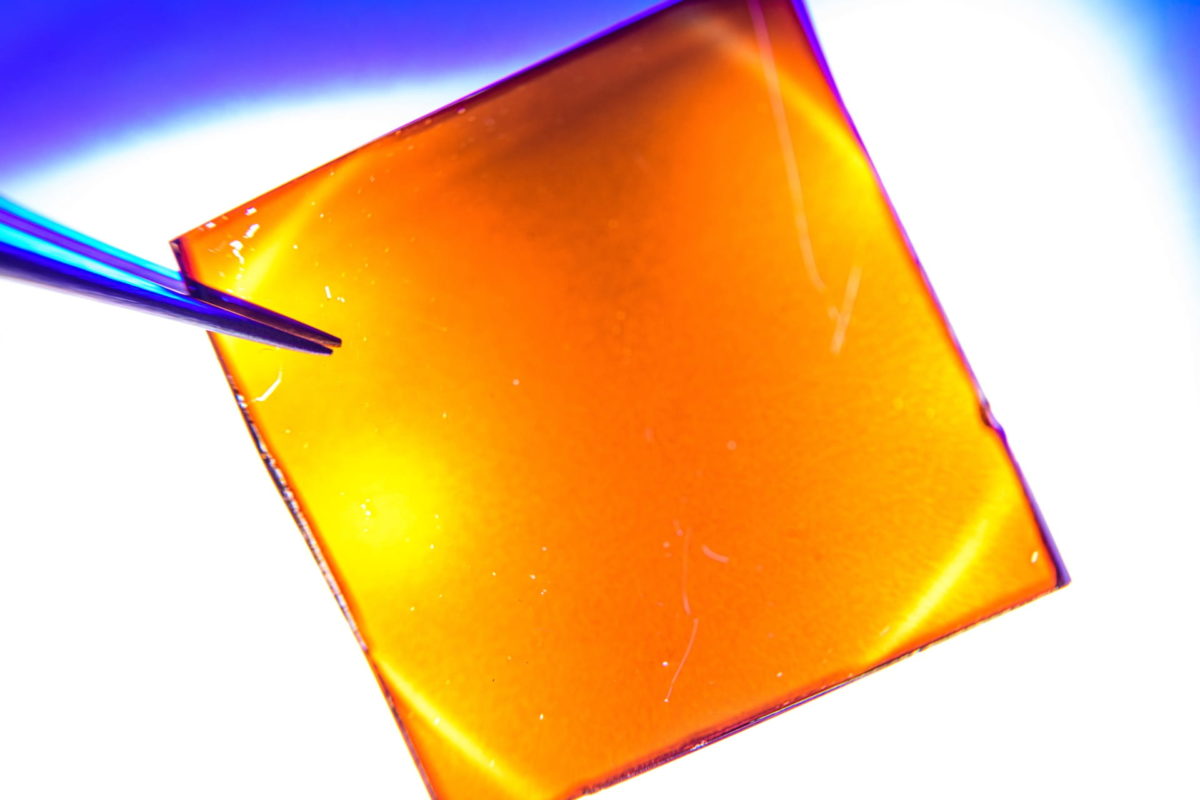Perovskite solar cells are known for their high efficiency, but also for their instability in the presence of light, humidity, and heat. Now, engineers at Rice University in the United States have developed a method that promises to produce stable, efficient bilayer perovskite solar cells.
The scientists found the appropriate solvent design for the application of a 2D perovskite cell top layer without destroying the bottom 3D layer.
“This is really good for flexible, bifacial cells where light comes in from both sides and also for back-contacted cells,” said researcher Aditya Mohite. “The 2D perovskites absorb blue and visible photons, and the 3D side absorbs near-infrared. It is fundamentally challenging to make a solution-processed bilayer when both layers are the same material. The problem is they both dissolve in the same solvents. When you put a 2D layer on top of a 3D layer, the solvent destroys the underlying layer. But our new method resolves this.”
The 3D/2D solar cells are about 1 micron thick, not counting the glass substrate, with a conversion efficiency of 24.5%. The cells were exposed to the lab equivalent of 100% sunlight for more than 2,000 hours and reportedly did not degrade by even 1%. The researchers expect their discovery to be compatible with roll-to-roll manufacturing.
The scientists said their method can facilitate the development of perovskite layers with “tremendous control.” They described their findings in “Deterministic fabrication of 3D/2D perovskite bilayer stacks for durable and efficient solar cells,” which was recently published in Science.
“It allows us to control the flow of charge and energy for not only solar cells but also optoelectronic devices and LEDs,” said Mohite. According to the scientists, the key to finding the solvent that allows to coat a perovskite cell with a 2D layer without destroying the bottom 3D layer lays is the balance between two properties of the solvent itself. “If you find the correlation between them, you’ll find there are about four solvents that allow you to dissolve perovskites and spin-coat them without destroying the 3D layer.”
The scientists said they expect the new cells to be useful for green hydrogen production, off-grid solar applications, drones, and building-integrated photovoltaics (BIPV).
This content is protected by copyright and may not be reused. If you want to cooperate with us and would like to reuse some of our content, please contact: editors@pv-magazine.com.



By submitting this form you agree to pv magazine using your data for the purposes of publishing your comment.
Your personal data will only be disclosed or otherwise transmitted to third parties for the purposes of spam filtering or if this is necessary for technical maintenance of the website. Any other transfer to third parties will not take place unless this is justified on the basis of applicable data protection regulations or if pv magazine is legally obliged to do so.
You may revoke this consent at any time with effect for the future, in which case your personal data will be deleted immediately. Otherwise, your data will be deleted if pv magazine has processed your request or the purpose of data storage is fulfilled.
Further information on data privacy can be found in our Data Protection Policy.